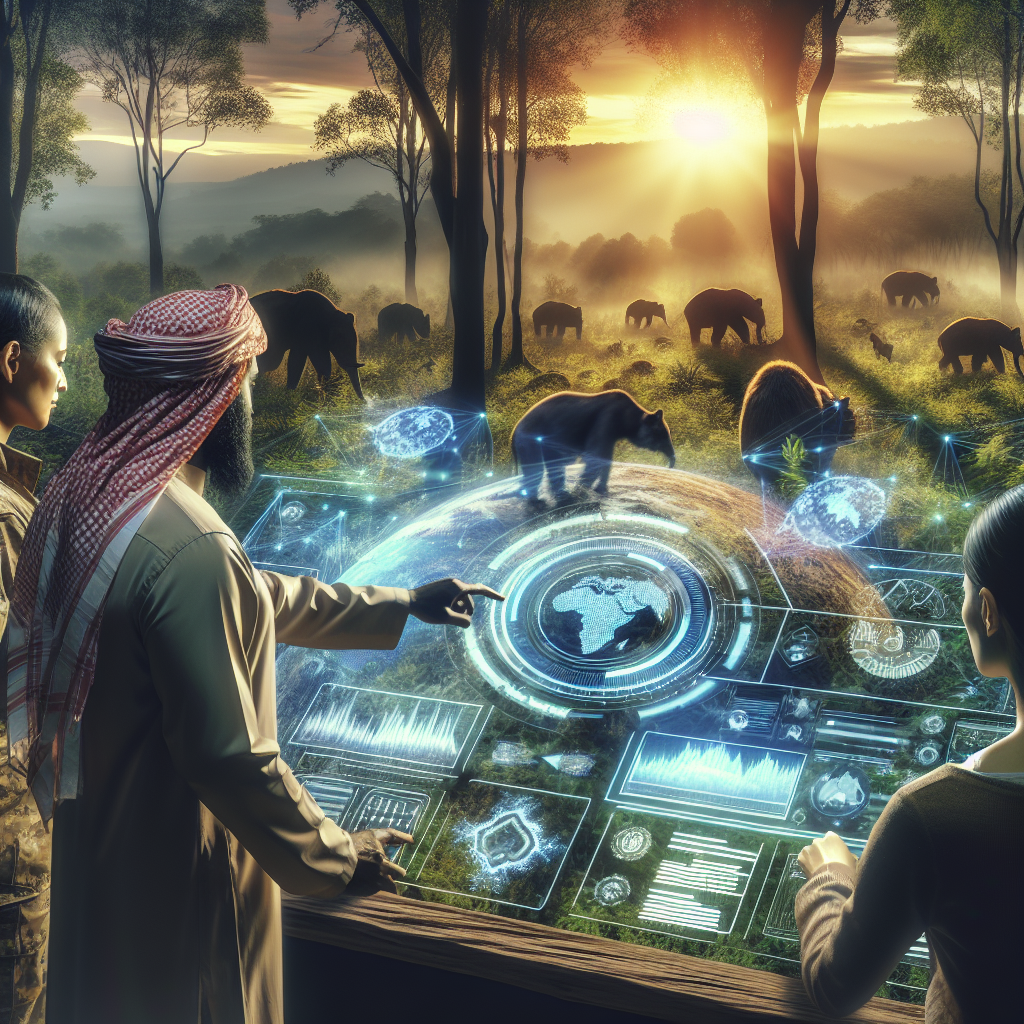“`html
Exploring the Role of AI in Wildlife Conservation
Hey there! Have you ever wondered how scientists and conservationists use technology to protect our planet’s incredible wildlife? Well, you’ve come to the right place. Let’s chat about the fascinating ways artificial intelligence (AI) is making a difference in wildlife conservation.
How is AI Used in Wildlife Conservation?
Great question! AI is being used in various innovative ways to help conservationists monitor and protect wildlife. Here are just a few examples:
- Tracking Animal Populations: AI algorithms analyze camera trap images or videos to count and identify species. This helps in monitoring population sizes and movements, which is crucial for effective conservation strategies.
- Combating Poaching: AI-powered predictive models analyze patterns of poaching activities, enabling rangers to be more proactive and prevent illegal hunting before it happens.
- Acoustic Monitoring: AI processes audio recordings from environments like rainforests or oceans to detect the calls of endangered species, providing data on their presence and behaviors.
What are the Benefits of Using AI in This Field?
AI offers several compelling advantages in wildlife conservation:
- Increased Efficiency: Unlike human observers, AI can process vast amounts of data quickly, allowing for more comprehensive and timely insights.
- Cost Reduction: AI automates labor-intensive tasks, reducing the need for extensive personnel and lowering operational costs.
- Improved Accuracy: AI systems can be trained to recognize species and patterns with high precision, minimizing human error.
What Challenges Does AI Face in Conservation?
While AI is a powerful tool, it’s not without its challenges:
- Data Quality and Quantity: AI models require large, high-quality datasets to be effective. However, in some regions, data collection can be difficult due to geographical or political barriers.
- Technical Complexity: Implementing AI solutions requires significant expertise and resources, which can be a barrier for under-resourced conservation projects.
- Ethics and Bias: There are concerns about maintaining ethical standards, ensuring AI systems do not perpetuate biases present in the data.
How Can I Help Support AI-Driven Wildlife Conservation?
I’m glad you asked! Here are a few ways you can get involved:
- Support Conservation Organizations: Many organizations are working hard to integrate AI into their conservation efforts. Donations and volunteer work can help them continue their vital work.
- Stay Informed: Keeping up with the latest news on AI and wildlife conservation helps raise awareness of the issues and innovations in the field.
- Advocate for Technology: Encourage the use of technology in conservation efforts by supporting policies that fund and promote scientific advancements.
So there you have it! AI is not just for tech companies or research labs—it’s playing a crucial role in preserving our natural world. Feel free to leave any questions or thoughts you might have. Let’s keep the conversation going!
“`
